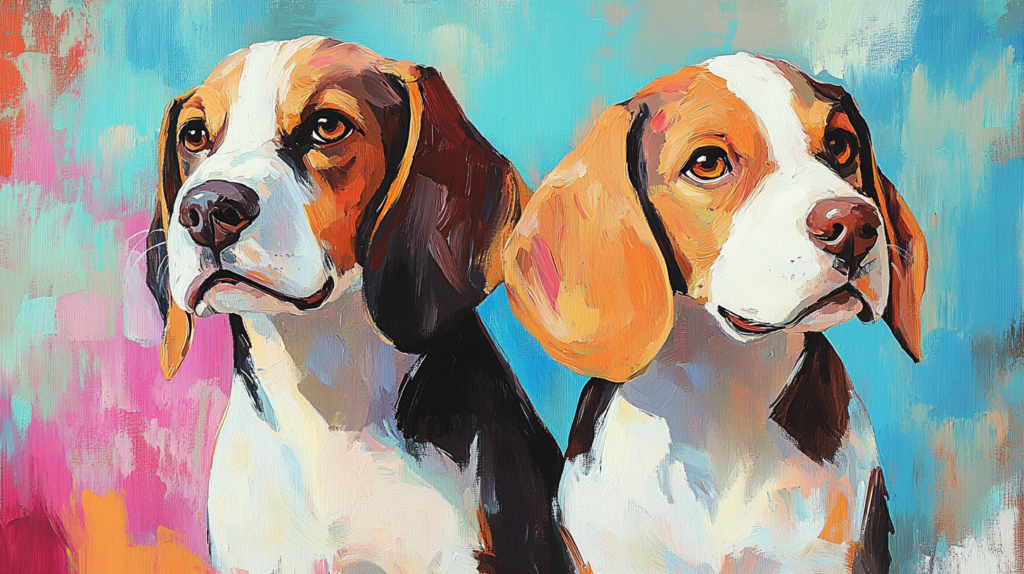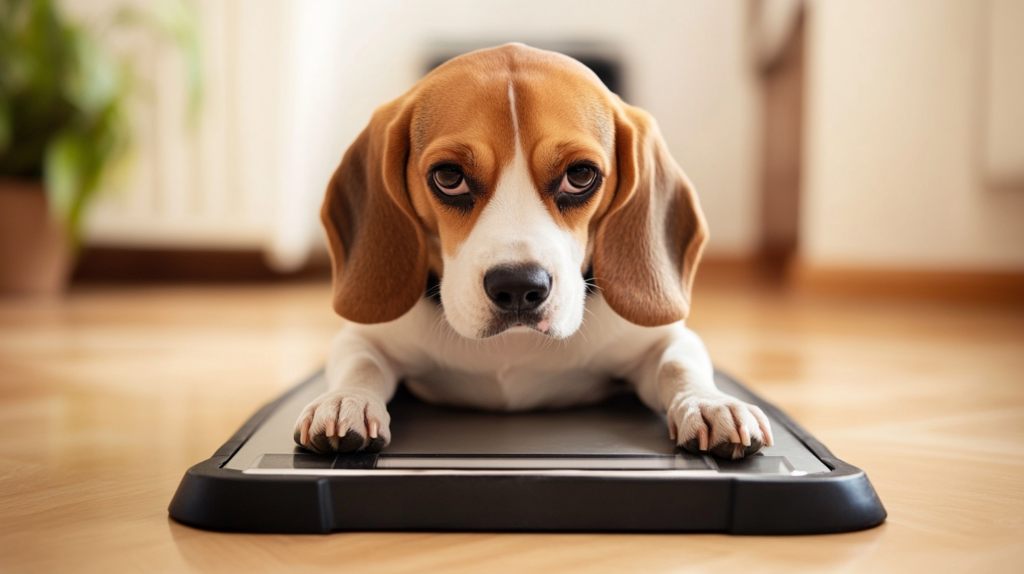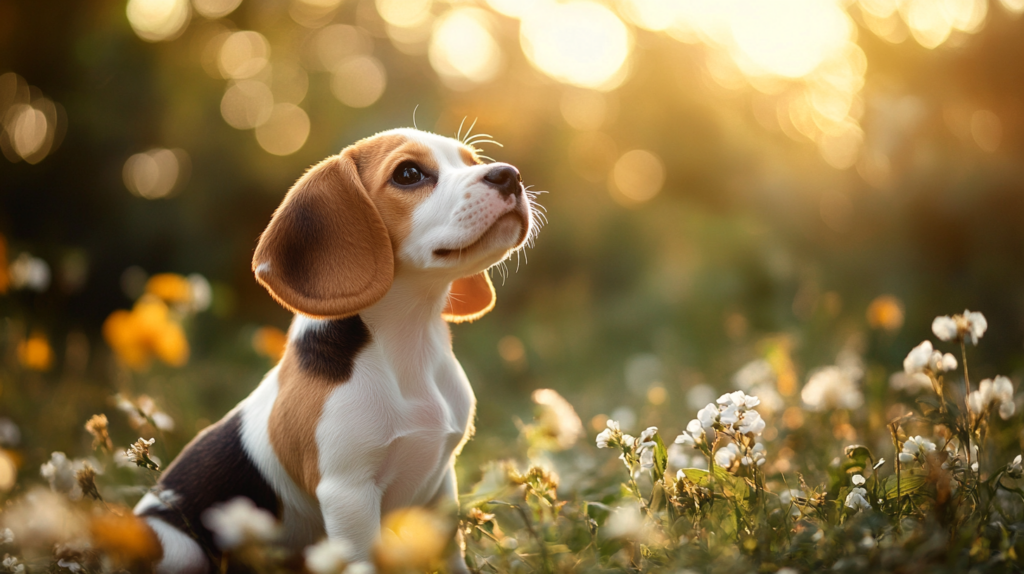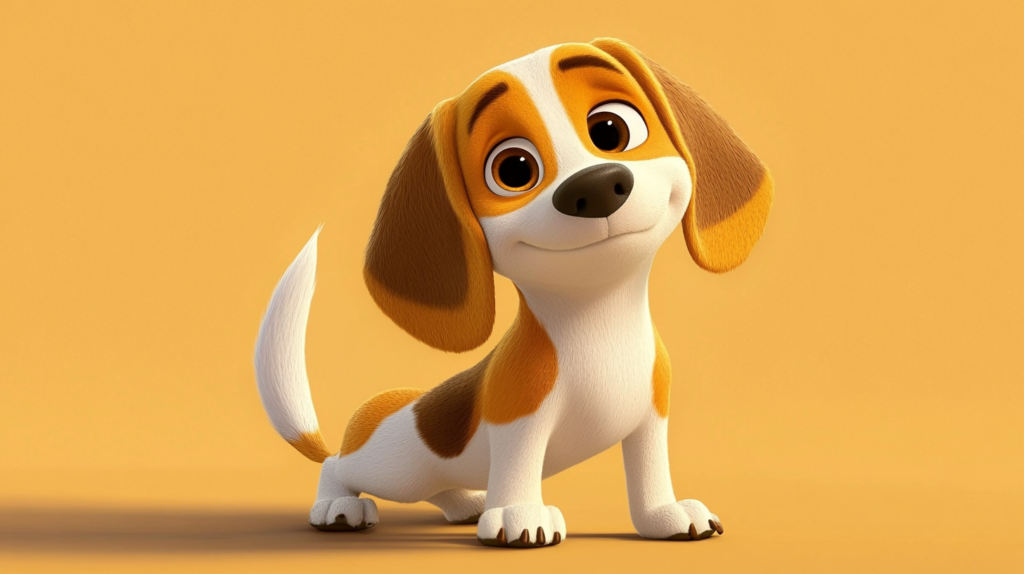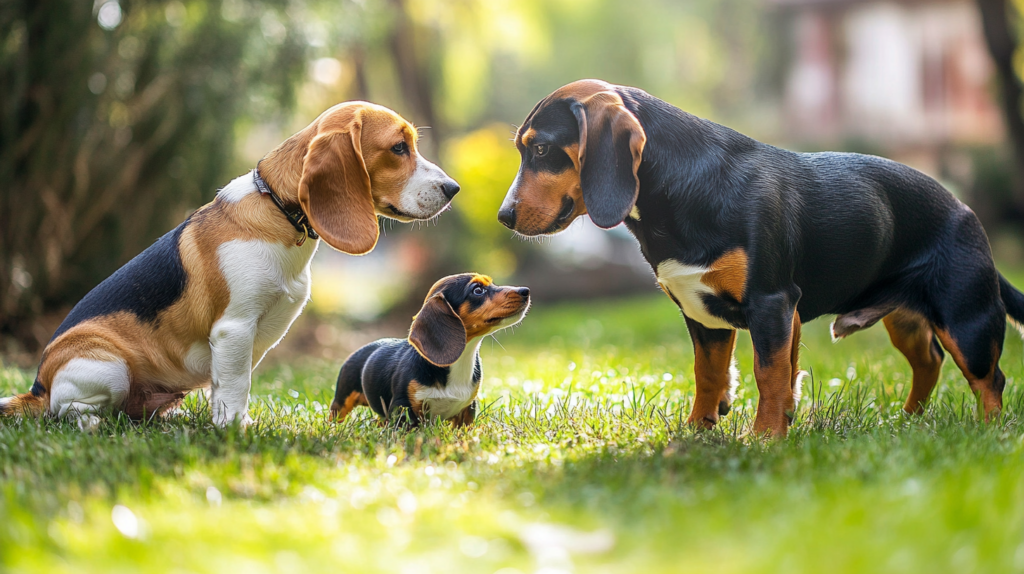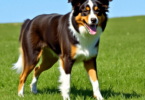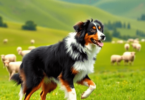Beagle Size and Physical Characteristics: A Detailed Look
Meet the Beagle: a bundle of joy wrapped in a small, adorable package! Originating from England, Beagles were initially bred for hunting small game like rabbits and foxes. Today, they remain one of the most popular dog breeds worldwide, cherished for their friendly, playful, and intelligent nature.
Why should you care about Beagle size and physical characteristics? Understanding these aspects is essential for potential owners. A dog’s size can significantly impact its exercise needs, grooming requirements, and overall suitability for your living situation.
By the end of this article, you’ll learn:
- The different size classifications of Beagles.
- Their unique physical traits.
- Growth patterns from puppyhood to adulthood.
- Common health considerations related to their size.
- Grooming tips tailored to their coat type.
Let’s get started! 🐾
1. Beagle Size Classification
Understanding Beagle size is like unlocking a new level in the game of dog ownership. These adorable hounds come in two main categories based on height and weight, as defined by the American Kennel Club (AKC) standards.
Height Categories
Beagles can be classified according to their height at the shoulder:
- 13 inches and under: These petite pups stand up to 13 inches tall.
- 13 to 15 inches: This slightly larger category includes Beagles that measure between 13 and 15 inches high.
Weight Ranges
Your typical Beagle’s weight aligns with its height category, making it easier to predict how much your furry friend might weigh:
- 20 pounds or less: Generally, Beagles that fall into the 13 inches and under category.
- 20 to 30 pounds: Typically, those in the 13 to 15 inches range.
Why Height and Weight Matter
Height and weight aren’t just numbers; they play a significant role in breed classification. Here’s why:
- Health Monitoring: Keeping track of your Beagle’s size helps in monitoring their health. Overweight pups can face numerous issues, from joint pain to heart problems.
- Exercise Needs: Smaller Beagles might have different exercise needs compared to their slightly larger counterparts.
- Diet Requirements: Knowing your Beagle’s size helps tailor their diet for optimal health.
So, whether you’re eyeing a pint-sized pup or a medium-sized marvel, understanding these classifications can help you make an informed decision about which Beagle will best fit into your life.
2. Physical Characteristics of Beagles
Beagles have a compact and muscular body structure. They were originally bred to chase down small game like rabbits and foxes, which is why they are built for action. Their sturdy build enhances their agility, making them excellent hunters and energetic companions.
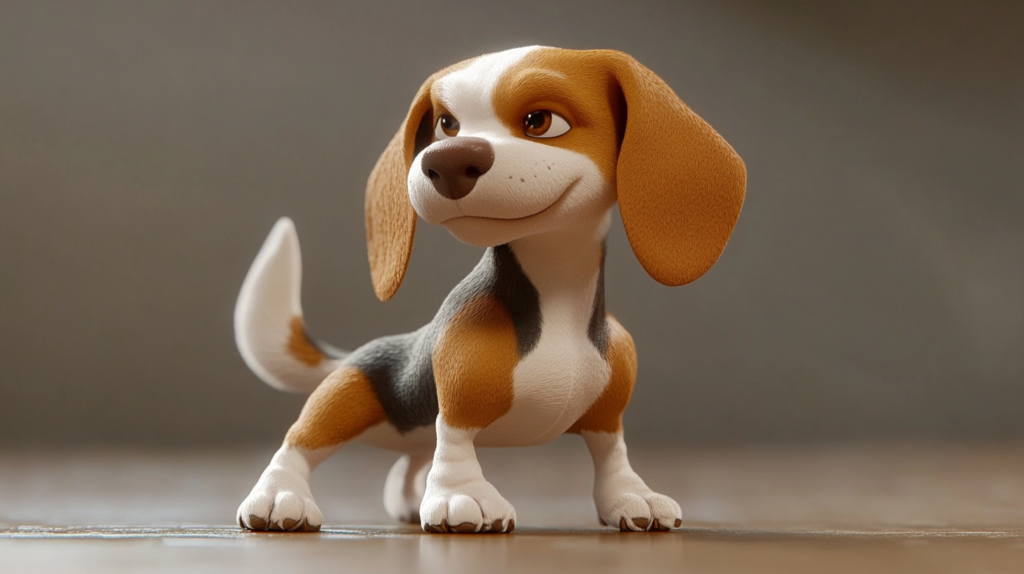
Key Physical Traits:
- Compact Build: Beagles have a strong, balanced physique that makes them both durable and agile.
- Muscular Structure: Those muscles aren’t just for show! They provide the power needed for their active lifestyle.
Beagle Coat Colors
Beagles are known for their adorable faces and stunning fur coats. Their short, smooth coat is easy to care for and comes in a variety of colors:
- White
- Black
- Brown
- Tan
Some common coat patterns you might spot on a Beagle include:
- Tri-color: A delightful mix of black, white, and brown
- Bi-color: Usually a combination of white with either black or brown
- Lemon: A lighter variation with white and pale yellowish-brown patches
Each pattern adds to the breed’s charm, making every Beagle uniquely beautiful.
“The Beagle’s handsome looks are only outshined by its spirited personality!”
This combination of physical strength and striking appearance makes the Beagle an attractive choice for many dog lovers. Whether you’re drawn to their athletic build or colorful coats, there’s no denying this breed’s universal appeal.
3. Weight Ranges and Body Structure
Beagles are a small yet robust breed, famed for their balanced body structure that combines strength and agility. Understanding their weight ranges is essential for ensuring your Beagle maintains a healthy physique.
Weight Categories
The American Kennel Club (AKC) recognizes two main height categories for Beagles, which directly correlate with their weight:
- 13 inches and under: These Beagles typically weigh 20 pounds or less.
- 13 to 15 inches: These slightly taller Beagles usually tip the scales between 20 to 30 pounds.
Proportions and Shape
Beagles boast a compact and muscular build, making them excellent hunting companions. Their chest is broad, giving them the lung capacity needed for those long chases after prey. Their back is straight and strong, supporting their agile movements.
Key Features:
- Chest: Deep and broad
- Back: Straight and muscular
- Legs: Strong with a medium bone structure
- Feet: Round and firm, often called “cat-like”
Maintaining Ideal Weight
Keeping your Beagle within the ideal weight range isn’t just about aesthetics; it’s crucial for their overall health. Obesity can lead to:
- Joint problems
- Heart issues
- Diabetes
Regular exercise paired with a balanced diet helps in managing their weight effectively. Remember, a happy Beagle is a healthy Beagle!
Growth and Development from Puppy to Adult
Beagle puppies are bundles of energy, curiosity, and cuteness. From birth to adulthood, they transform in many delightful ways.
Puppy Stage (0-6 Months)
During the first six months, Beagles experience rapid growth. At birth, they typically weigh between 5 to 10 ounces. By six weeks, they usually weigh around 4 to 6 pounds.
Milestones
- First 2 Weeks: Eyes and ears open.
- 3-4 Weeks: Start weaning from mother’s milk.
- 5-6 Weeks: Introduction to solid food and basic socialization.
Junior Stage (6 Months – 1 Year)
From six months onward, Beagles continue to grow but at a slower pace. They reach their full height by around eight months.
- Weight Gain: Expect them to gain about half a pound per week.
- Behavioral Changes: Increased independence, stronger scent-following instincts.
Adulthood (1 Year – 18 Months)
By the time Beagles are one year old, they begin transitioning into their adult weight range. They typically achieve their full adult weight by about 18 months.
Adult Weight
- 13 inches and under: Around 20 pounds or less.
- 13 to 15 inches: Between 20 to 30 pounds.
Senior Years (7+ Years)
As Beagles enter their senior years (around age seven), their activity levels may decrease. Regular check-ups become crucial to monitor for common health issues such as hip dysplasia and obesity.
Understanding these growth stages helps potential owners anticipate the needs of their furry friends at each life stage. This knowledge ensures a healthy, happy Beagle throughout its life journey.
4. Distinctive Features: Ears and Tails
Beagle Ear Shape: Long Droopy Ears
Beagles are renowned for their distinctive long droopy ears. These charming floppy ears aren’t just for show; they play a crucial role in the Beagle’s superb scent detection abilities. When a Beagle is on the trail of an intriguing scent, their ears help to trap and funnel smells directly towards their nose, enhancing their already impressive olfactory senses.
- Shape: Long, rounded at the tips, and set low on the head.
- Function: Enhances scent detection by capturing and guiding scents toward the nose.
- Appearance in Action: Adorably bouncy when the Beagle is running or playing.
Beagle Tail Characteristics
The tail of a Beagle is another distinctive feature that sets this breed apart. Known as a “stern,” the Beagle’s tail structure is medium in length with a slight upward curve. This curved tail often has a white tip, which historically helped hunters keep track of their dogs in tall grass or dense underbrush.
- Length and Shape: Medium length with a slight upward curve.
- Color Tip: Often has a white tip for visibility.
Role in Communication
The Beagle’s tail isn’t just an aesthetic feature; it plays a significant role in their communication. For instance, according to research from the NCBI, the way a dog wags its tail can convey a variety of emotions. Here’s how:
- Happiness and Excitement: Rapid wagging when they’re excited or happy.
- Alertness: Held high when they’re alert or on the scent of something interesting.
- Relaxation: A gentle sway when they’re calm and relaxed.
Expressions Through Ears and Tails
Beagles use both their ears and tails to communicate their emotions. Their expressive tails can indicate everything from joy to alertness, while their ears can show curiosity (perking slightly) or contentment (relaxed and droopy). For more insights into how dogs communicate through their tail wags, you might find this article on tail wagging translations quite helpful.
Imagine your Beagle sniffing around the yard, ears flopping adorably with each step, tail wagging high in excitement—it’s not just cute; it’s pure Beagle charm!
5. Health Considerations Related to Size
Beagles are generally healthy pups, but their size and structure can make them more prone to certain health issues. Knowing about these concerns helps in providing the best care for your furry friend.
Common Beagle Health Problems
- Hip Dysplasia: This genetic condition affects the hip joints, causing discomfort and mobility issues. Regular vet check-ups and maintaining a healthy weight can help manage this condition.
- Hypothyroidism: Beagles are prone to hypothyroidism, where the thyroid gland doesn’t produce enough hormones. Symptoms include weight gain, lethargy, and skin problems. Medication can effectively manage this condition.
Obesity in Beagles
Beagles have a reputation for being food enthusiasts; this trait makes them susceptible to obesity. Keeping your Beagle at an ideal weight is crucial for avoiding related health issues such as:
- Joint problems
- Heart disease
- Diabetes
Diet Management Tips:
- Balanced Diet: Opt for high-quality dog food with balanced nutrients.
- Portion Control: Measure food portions to prevent overeating.
- Treats in Moderation: Treats should be given sparingly.
Exercise Needs
Regular exercise is essential for maintaining a healthy weight and overall well-being. Beagles are active dogs that enjoy:
- Daily Walks: Aim for at least 30 minutes of walking each day.
- Playtime: Engage in games like fetch or tug-of-war.
- Mental Stimulation: Puzzle toys and scent games cater to their hunting instincts.
Ensuring your Beagle gets enough exercise not only keeps them fit but also curbs behavioral issues stemming from boredom.
By understanding these health considerations, you can take proactive steps to ensure your Beagle leads a happy, healthy life!
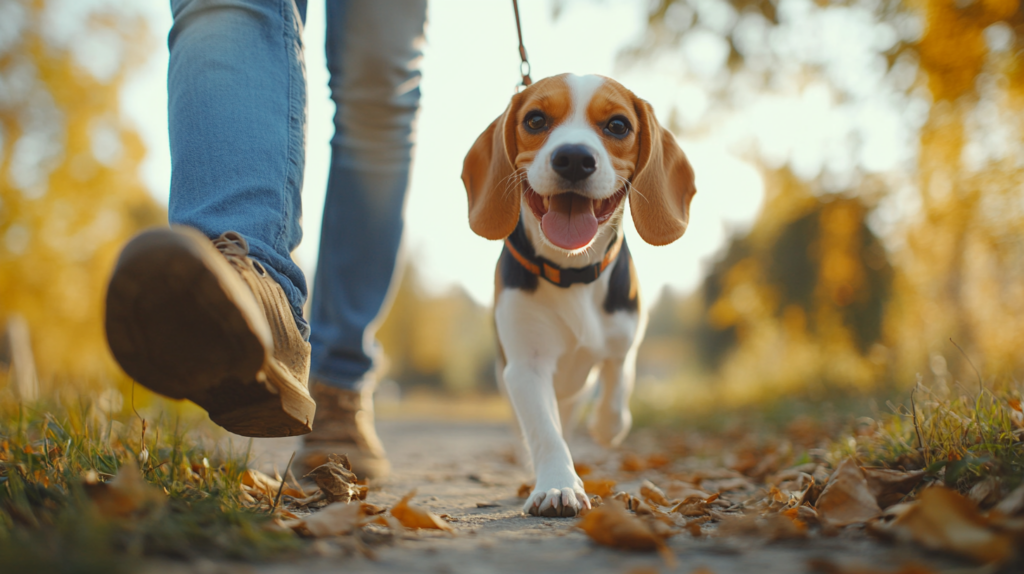
6. Grooming Requirements Based on Size and Coat Type
Beagles might have a reputation for being low-maintenance, but their grooming needs shouldn’t be underestimated. Their short, smooth coat can benefit from regular grooming to keep it healthy and shiny. Here’s the lowdown:
Essential Grooming Tools for Beagles
- Bristle Brush: Ideal for Beagles’ short hair, it helps to remove loose fur and dirt.
- Deshedding Tool: Useful during shedding seasons to manage loose hair effectively.
- Nail Clippers: Keeping those nails trimmed is crucial as overgrown nails can cause discomfort.
- Ear Cleaner: Given their long droopy ears, regular ear cleaning prevents infections.
- Dog-friendly Shampoo: Opt for mild formulas to maintain skin health.
Techniques for Maintaining Coat Health
Regular Brushing:
- Frequency: Aim for at least once a week.
- Method: Use a bristle brush to gently go over their coat, focusing on areas where shedding is more prominent.
Bath Time Rituals:
- Frequency: Every 6-8 weeks or when they get particularly dirty.
- Method: Use lukewarm water and dog-specific shampoo. Rinse thoroughly to avoid any residue that could irritate their skin.
Nail Trimming:
- Frequency: Every 3-4 weeks.
- Method: Trim just the tips to avoid cutting the quick, which can be painful and cause bleeding.
Ear Cleaning:
- Frequency: Check weekly and clean as needed.
- Method: Use a dog-safe ear cleaner and cotton pads. Avoid using Q-tips as they can damage the ear canal.

Dental Care: While not strictly coat-related, maintaining oral hygiene is part of overall grooming. Brush their teeth several times a week with dog-friendly toothpaste.
Keeping your Beagle well-groomed not only enhances their appearance but also contributes significantly to their overall health and well-being!
Comparison with Similar Breeds
Beagles often share the spotlight with a few other breeds that exhibit similar traits. Let’s sniff out some comparisons:
Beagle vs. Basset Hound
- Size: Basset Hounds are larger, typically weighing between 40-65 pounds.
- Ears: Both breeds have long ears, but Bassets’ are longer and more pronounced.
- Energy Levels: Beagles are generally more energetic and require more exercise.
Beagle vs. Cocker Spaniel
- Coat: Cocker Spaniels sport a longer, wavier coat requiring more grooming than the Beagle’s short, smooth fur.
- Temperament: Both breeds are friendly and good with kids, but Cockers can be more clingy.
- Size: Cocker Spaniels are slightly larger, usually weighing between 20-30 pounds.
Beagle vs. Dachshund
- Body Structure: Dachshunds have a unique, elongated body and short legs compared to the more proportionate build of Beagles.
- Weight: Standard Dachshunds weigh about 16-32 pounds, similar to Beagles.
- Activity Level: Both breeds love adventure but Beagles might outrun their shorter-legged counterparts.
Beagle vs. Jack Russell Terrier
- Energy Levels: Jack Russells are even more hyperactive than Beagles, requiring ample physical and mental stimulation.
- Size: Jack Russells are smaller, generally weighing between 13-17 pounds.
Each breed has its own quirks and charms. It’s essential to understand these differences to find the perfect match for your home and lifestyle.
Conclusion: Choosing the Right Size Beagle for You!
Owning a Beagle means embracing their unique size and physical characteristics. Being aware of the two height categories and typical weight ranges helps in selecting the best fit for your lifestyle.
Responsible ownership involves:
- Regular exercise: Keeping your Beagle active to prevent obesity.
- Balanced diet: Ensuring proper nutrition to support their health.
- Routine vet visits: Monitoring for common health issues like hip dysplasia.
Choosing to adopt or rescue a Beagle from a shelter can be incredibly rewarding. Not only do you gain a loyal companion, but you also provide a loving home to a dog in need.
For those ready to welcome a Beagle into their lives, understanding Beagle size is key to ensuring they thrive and bring joy into your home. 🐾
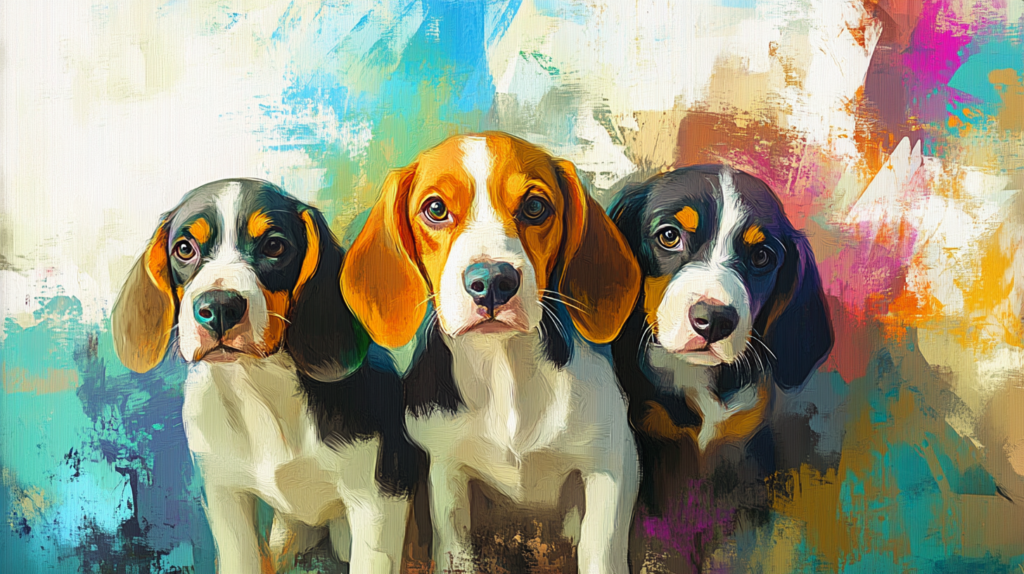
FAQs (Frequently Asked Questions)
What is the average size of a Beagle?
Beagles are classified into two height categories according to AKC standards: those 13 inches and under, and those between 13 to 15 inches. Typical weight ranges for these categories are 20 pounds or less for smaller Beagles and 20 to 30 pounds for larger ones.
What are the physical characteristics of Beagles?
Beagles have a compact, muscular build that is well-suited for hunting and agility. They typically have a short, smooth coat available in various colors including white, black, brown, and tan.
What distinctive features do Beagles have?
Beagles are known for their long droopy ears which play a significant role in scent detection. Additionally, their tails are medium-length with a slight curve, serving as an important tool for communication and expression.
What health considerations should potential Beagle owners be aware of?
Common health concerns in Beagles include hip dysplasia, hypothyroidism, and obesity. These issues can be influenced by their size and structure, making it crucial for owners to manage diet and ensure regular exercise.
How should I groom my Beagle based on its size and coat type?
To maintain a Beagle’s coat health, it’s recommended to use specific grooming tools such as brushes designed for short coats. Regular grooming techniques will help keep their coat healthy and remove loose hair.
What should I consider when choosing the right size Beagle for my lifestyle?
Understanding the size and physical characteristics of Beagles is essential for potential owners. Consider your living situation, activity level, and ability to provide proper care when selecting a Beagle. It’s also encouraged to adopt or rescue from shelters.

